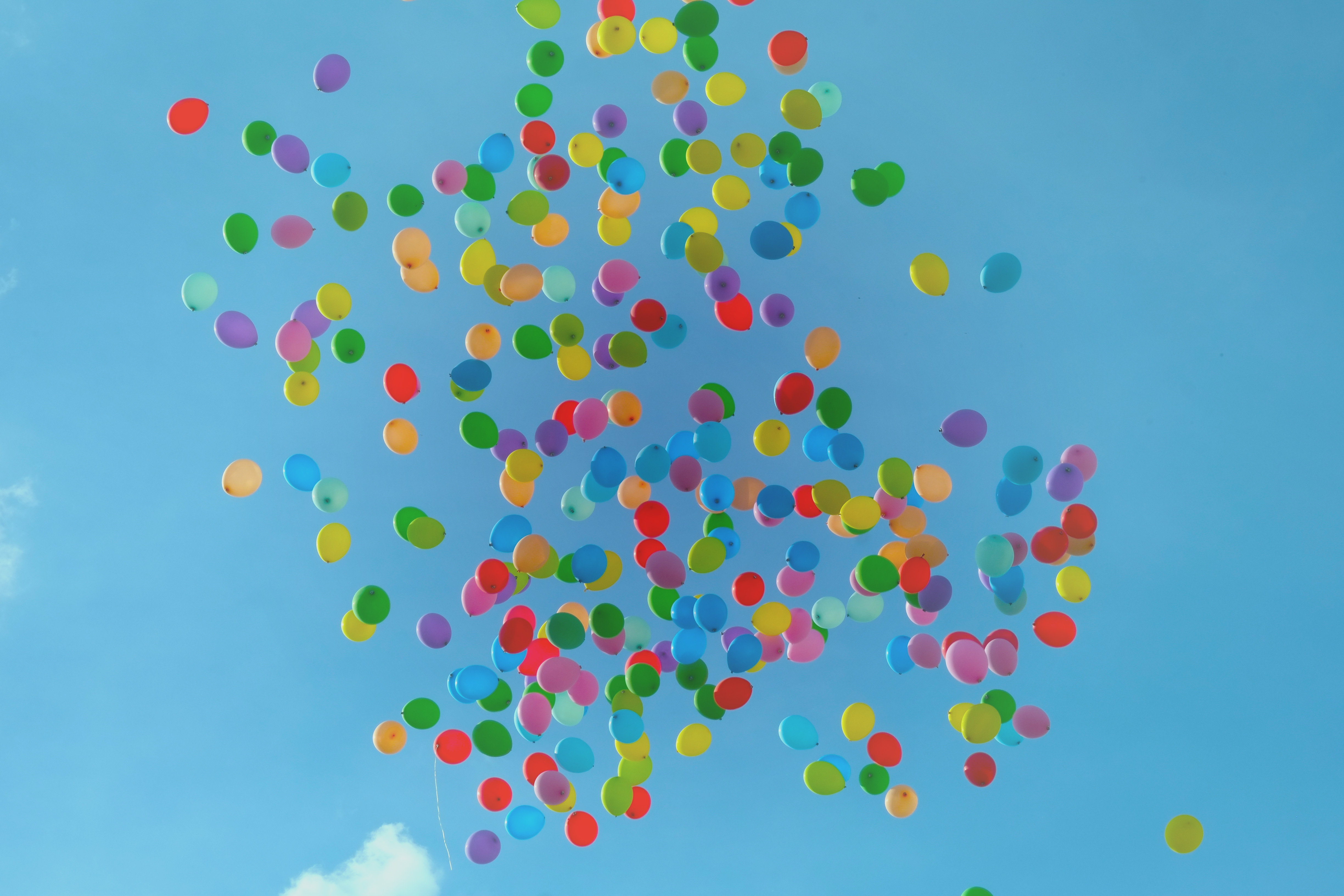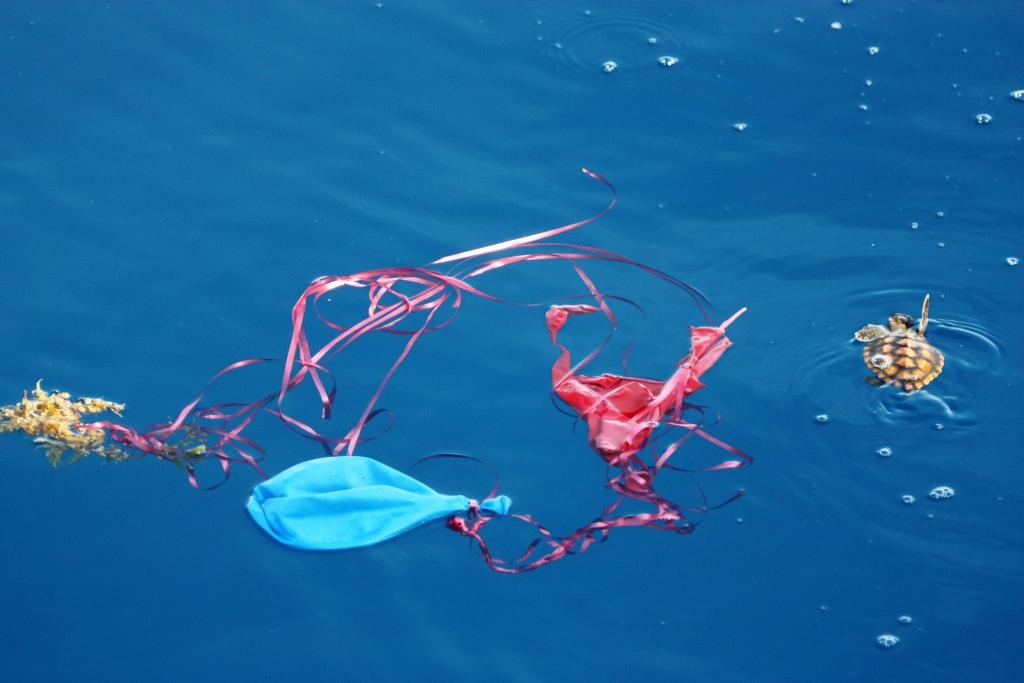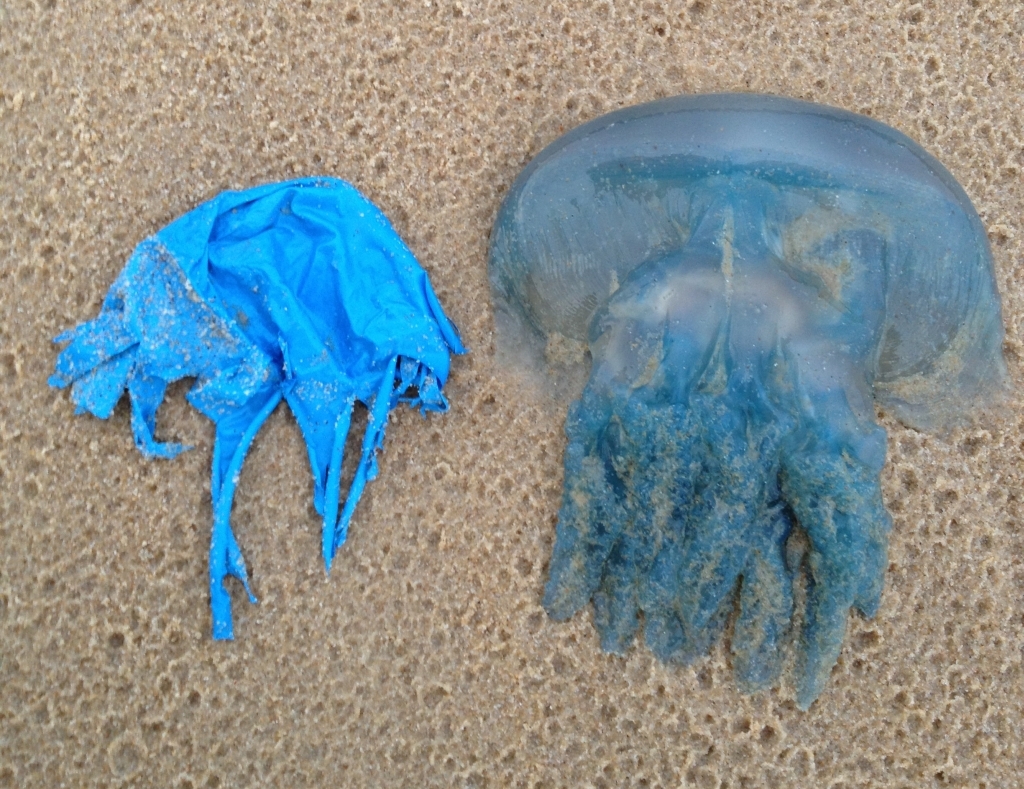Your Cart is Empty

Recently I’ve explained why straws seriously suck, and pondered why all that glitters isn’t gold (but is more than likely plastic). Now, I’m sorry to burst your bubblballoon, but we’re breaking down why balloons aren’t that fabulous either.e
Although it might sound like I have a vendetta for party items, I swear to you I don’t. It’s just pure coincidence that straws, glitter and balloons are all items that are great for party animals, but not so great for actual animals.
The main issue with plastic is that it never biodegrades, and instead ends up on beaches or in landfill. While it doesn’t biodegrade, plastic does however, break into smaller and smaller pieces referred to as ‘microplastics‘. This means we have plastic of all sizes and shapes wreaking havoc on the environment. Yay. ????
It also seems to be everywhere, infiltrating our lives in the name of convenience. It’s astonishing to think that items like plastic bags, often used for no more than 12 minutes, will end up in landfill for hundreds of years. With this in mind, it seems pretty stupid to release hundreds of balloons (or even just one) into the sky.
Balloon releases and balloons in general are a fun way to commemorate a big event or decorate a birthday party, but considering the impact balloons have on ecosystems it’s just not worth it.
In a few states, cities, and countries, releasing balloons en masse is illegal, but this ban needs to be echoed worldwide. The state of NSW and the Sunshine Coast in Queensland are the only Australian places to ban the practice. Yet up to 19 balloons can still be released at a time in NSW, which poses huge threats to the environment.

Aside from climate change, plastic pollution is the biggest threat the ocean faces and is quickly turning the sea into plastic soup. Plastic moves up through the food chain as larger species catch smaller prey that has ingested plastic. Because of this plastic can eventually make its way to our seafood platter. There is even evidence to suggest that microplastics are becoming so tiny that even oysters are able to consume them.
Sea turtles often mistake larger pieces of plastic, like balloons, as food. A recent study by the University of Queensland found that one in three sea turtles have eaten marine plastic. In November last year a flat back sea turtle was found stranded on a beach in Manly, Australia. Dubbed ‘Pikelet’ by the staff at Manly SEALIFE Sanctuary, the tiny sea turtle was in a severely debilitated state after ingesting a balloon. Pikelet made a speedy recovery, and was rehabilitated and released in Queensland.
Successful rehabilitation stories like Pikelet’s are wonderful to hear, but they shouldn’t be the norm. Instead, we should be ensuring plastic doesn’t end up in the ocean by refusing it in the first place. Rob Townsend, Life Science’s Manager at Manly SEALIFE Sanctuary who cared for Pikelet explained, “litter that goes in to the harbour, into the ocean, has a seriously detrimental effect on animals, especially turtles”.
The manager of Taronga Zoo’s Wildlife Hospital, Libby Hall, would agree. Libby avoids balloons because of their environmental impact. “We had a turtle come in recently that had four different colours of balloons in its stomach. It had a whole party going on in there,” she explained to the Sydney Morning Herald
“WE HAD A TURTLE COME IN RECENTLY THAT HAD FOUR DIFFERENT COLOURS OF BALLOONS IN ITS STOMACH. IT HAD A WHOLE PARTY GOING ON IN THERE.”
– LIBBY HALL, MANAGER OF TARONGA ZOO’S WILDLIFE HOSPITAL

[Image Caption] A Loggerhead sea turtle hatchling swims by coloured balloons. Image via Balloons Blow.
Stories like Libby’s are pretty commonplace. To a sea turtle, brightly coloured pieces of plastic like balloons bear a striking resemblance to jellyfish or sponges and are regularly ingested, often with fatal results. It can take just a single fragment of a balloon to end the life of a sea turtle, and with all species endangered or critically endangered we need to be doing everything we can to conserve populations.

[Image Caption] It’s easy to see why sea turtles get confused when it comes to jellyfish and balloons. Image via Coolum Coast Care.
Although some party shops will say otherwise, ‘biodegradable’ latex balloons are not an alternative to the regular kind. Like many kinds of supposedly sustainable types of plastic, the term ‘biodegradable’ is extremely misleading. Latex claiming to be ‘biodegradable’ still doesn’t degrade for at least a few years, and in that time can cause just as much harm as regular balloons. Balloons can easily be replaced with one of these creative ideas.
Reducing plastic in your every day life can be hard, we hear you! But do we really needitems like balloons? No, we don’t. Even if you feel like you really do need that giant balloon shaped like a pink dolphin (oh, just me that feels that way?) the truth is, you don’t.
There is nothing wrong with being a little pedantic about plastic. To us, it might be just one balloon. To a critically endangered species of sea turtle, it could be their last meal. By choosing to eliminate items like balloons from our lives, we can have an enormously positive impact on the world around us. Now that’s something to celebrate.
This article was originally written for 1 Million Women.